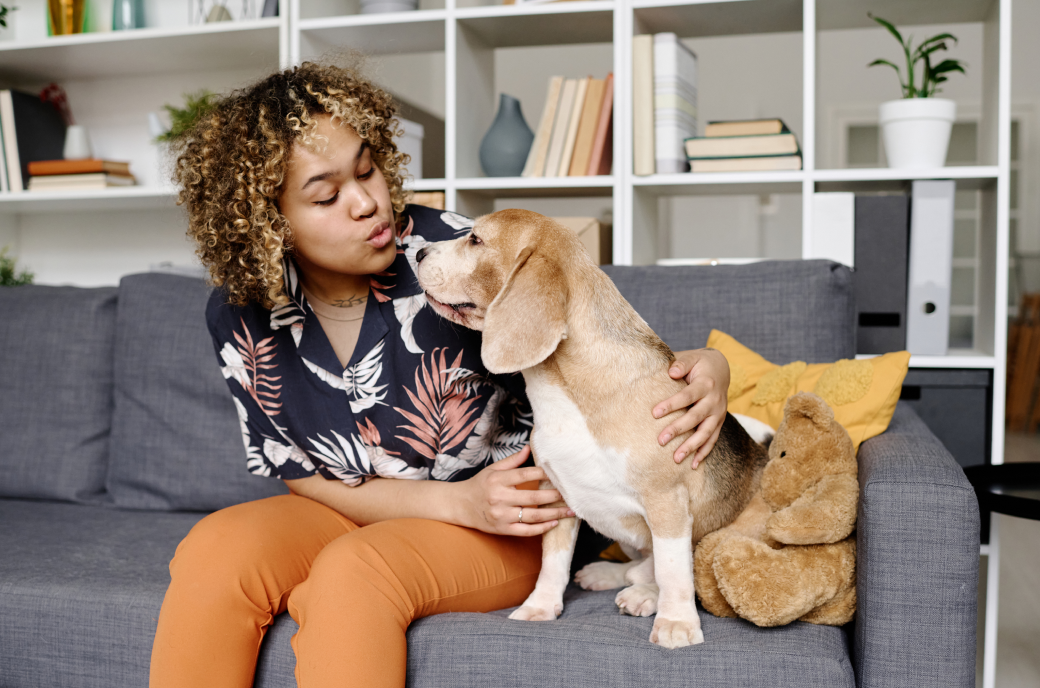The Ultimate Guide to Selecting the Right Pet Sitter for Your Companion
Leaving your pet in the hands of someone else, even for a short duration, can be a stressful situation for most people. Whether it's for a weekend trip, a business trip, or simply needing a day off, you want to make sure your pet is safe and cared for. That’s where a pet sitter comes in! Picking the right pet sitter is crucial because it directly impacts your pet’s welfare while you're away, and ensures you have a stress-free trip.
So, how can you make sure you’ve hired the most appropriate pet sitter? Here’s a simple, friendly guide to help you choose the perfect fit for your beloved pet.
1. Assess Your Pet's Needs
Before you start searching for a sitter, carefully assess what your pet really needs during your absence. Every pet has a specific level of care, and to find someone suitable for the job, you need to understand those needs.
- Daily Care: Does your pet need to be walked more than once a day? Or do they require feeding or medication at set times?
- Social Interaction: Some pets, especially dogs, require lots of interaction, exercise, and playtime. Cats, on the other hand, might just need their food and water bowl filled, their litter box cleaned, and some attention.
- Special Requirements: Does your pet have specific needs, such as dietary restrictions, health problems, or behavioral issues? Can the sitter administer medication or handle anxiety?
2. Start with Recommendations and Research
One of the easiest ways to find a reliable pet sitter is through recommendations. Ask friends, family, neighbors, or even your vet if they know anyone trustworthy.
- Check Reviews and Testimonials: Reading reviews from other pet owners can give you insights into how reliable and caring the sitter is.
- Verify Credentials: Some sitters may have certifications in pet first aid or professional pet care, which can be useful if your pet has health issues.
- Look for Experience: It's important to find someone who has experience with your type of pet. For example, a sitter who is comfortable with dogs may not be familiar with the needs of a bird or exotic pet.
3. Conduct an Interview
Once you have a shortlist of potential sitters, it’s time to ask some questions. This can be done via phone, video call, or face-to-face meeting.
- Experience: Ask about their past experience with pet sitting. How long have they been doing it, and have they cared for pets like yours before?
- Availability: Confirm they are available for the dates you need and can stick to your pet's specific feeding, walking, and medication schedule.
- Emergency Plan: Ask how they would handle an emergency, such as a health issue. Are they comfortable taking your pet to the vet?
- Personality: Trust your instincts. Does the sitter seem responsible, warm, and caring? They’ll be spending time in your home and with your pet, so make sure you feel comfortable with their personality.
4. Arrange a Meet and Greet
A meet and greet allows your pet to interact with the sitter while you observe how they get along.
- How Does Your Pet React? Does your pet seem calm and curious, or anxious? Ideally, your pet should approach the sitter with ease.
- Observe the Sitter’s Interaction: Does the sitter engage confidently and kindly with your pet? Are they comfortable with your pet's size and energy level?
- Communicate Your Pet’s Routine: Clearly explain your pet’s daily schedule, including feeding, walks, and playtime. This ensures the sitter is prepared and comfortable with your pet’s needs.
5. Be Clear About Your Expectations
Open communication is key. Ensure the sitter knows exactly what’s expected of them while you’re away.
- Daily Routine: Provide detailed instructions on feeding, walking, and playtime schedules.
- Medication: If your pet requires medication, demonstrate how to administer it and provide clear written instructions.
- House Rules: Make sure the sitter knows whether your pet is allowed on furniture and any other house rules.
- Emergency Contacts: Provide your vet's contact information and an emergency contact in case of any issues while you’re away.
6. Consider Pet Sitting Services vs. Boarding
While some people prefer to leave their pet at a boarding facility, in-home pet sitting allows your pet to stay in a familiar environment. This can be less stressful, especially for pets that don’t adapt well to new environments. In-home sitters also provide individual attention, which can be a big advantage.
7. Establish a Communication Plan
It’s important to stay in touch with the sitter while you’re away. Ask them to send regular updates, photos, or videos of your pet. This will give you peace of mind and help you feel connected to your pet while you're gone.
8. Give Your Pet Time to Adjust
Once you’ve chosen a sitter, give your pet time to adjust. If possible, start with a short trip to see how your pet handles the new arrangement. This will help your pet get used to the sitter and make longer trips less stressful in the future.
Wrapping It Up
Choosing the right pet sitter can take some time, but it’s worth it for the peace of mind. By understanding your pet’s needs, doing your research, and maintaining clear communication, you’ll ensure your furry friend is in good hands. With the right sitter, your pet will feel comfortable and secure, and you can enjoy your time away knowing they are well cared for.
